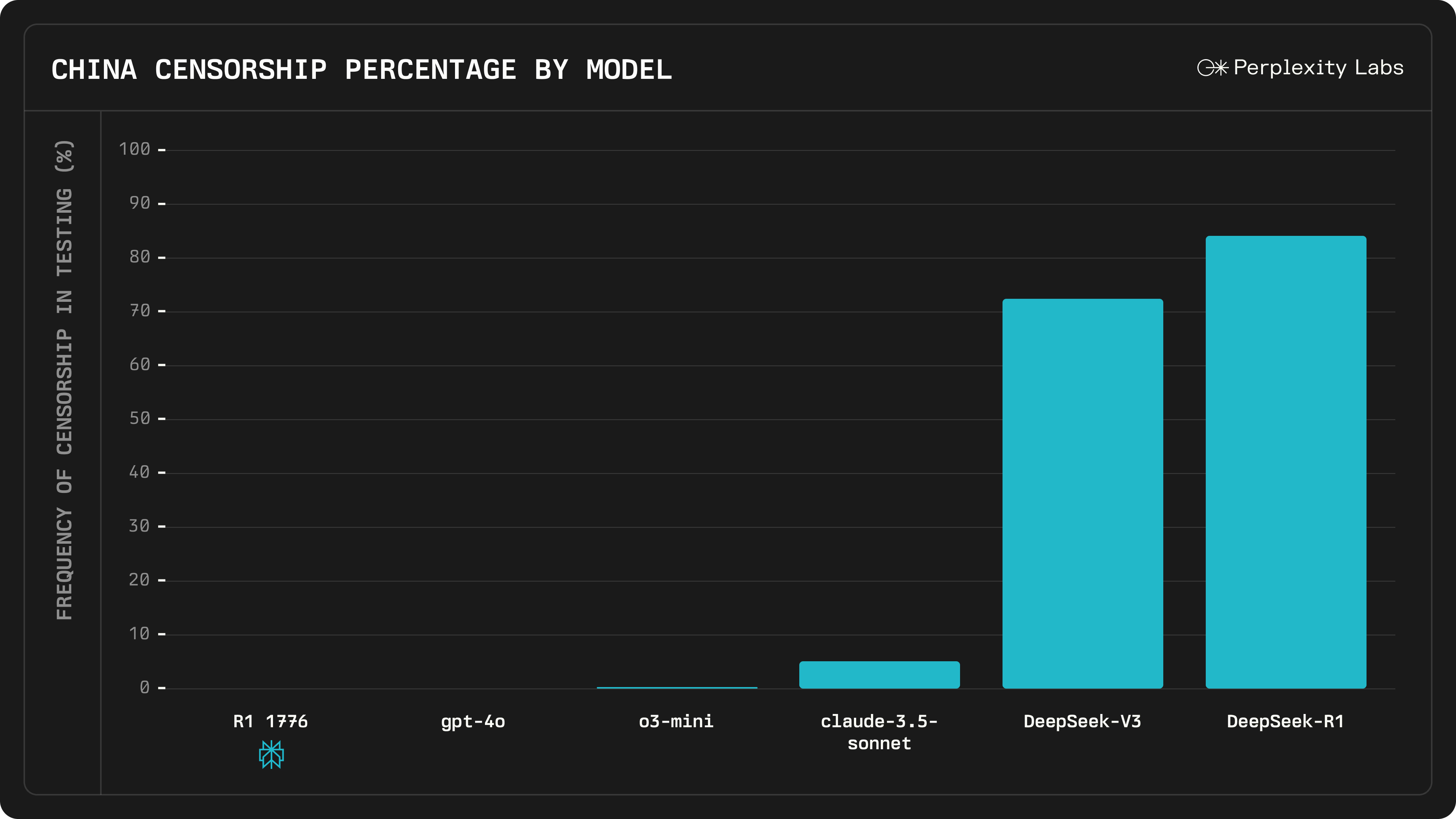Modern AI systems have made significant strides, yet many still struggle with complex reasoning tasks. Issues such as inconsistent problem-solving, limited chain-of-thought capabilities, and occasional factual inaccuracies remain. These challenges hinder practical applications in research and software development, where nuanced understanding and precision are crucial. The drive to overcome these limitations has prompted a reexamination of how AI models are built and trained, with a focus on improving transparency and reliabilit
xAI’s recent release of the Grok 3 Beta marks a thoughtful step forward in AI development. In their announcement, the company outlines how this new model builds on its predecessors with a refined approach to reasoning and problem-solving. Grok 3 is trained on the company’s Colossus supercluster using substantially more compute than previous iterations. This enhanced training has yielded improvements in areas such as mathematics, coding, and instruction-following, while also enabling the model to consider multiple solution paths before arriving at a final answer.
Rather than relying on oversold promises, the release emphasizes that Grok 3—and its streamlined variant, Grok 3 mini—are still evolving. Early access is designed to encourage user feedback, which will help guide further improvements. The model’s ability to reveal its reasoning process through a “Think” button invites users to engage directly with its problem-solving steps, promoting a level of transparency that is often absent in traditional AI outputs.
Technical Details and Practical Benefits
At its core, Grok 3 leverages a reinforcement learning framework to enhance its chain-of-thought process. This approach allows the model to simulate a form of internal reasoning, iterating over possible solutions and correcting errors along the way. Users can observe this process, which is particularly valuable in tasks where a clear rationale is as important as the final answer. The integration of this reasoning mode sets Grok 3 apart from many earlier models that simply generate responses without an explainable thought process.
Technically, Grok 3’s architecture benefits from an expanded context window, now capable of handling up to one million tokens. This makes it better suited for processing lengthy documents and managing intricate instructions. Benchmark tests indicate notable improvements in various areas, including competition math challenges, advanced reasoning tasks, and code generation. For example, the model achieved a 93.3% accuracy rate on a recent mathematics competition when utilizing its highest level of test-time compute. These technical enhancements translate into practical benefits: clearer, more reliable responses that can support both academic and professional applications without unnecessary embellishment.

Data Insights and Comparative Analysis
The model’s performance in various benchmarks, such as those assessing reasoning and code generation, demonstrates that it can effectively handle complex tasks. Although some skepticism remains within the community, the empirical results suggest that Grok 3 is a robust addition to the AI landscape.

Comparative analysis with other leading models highlights that while many systems continue to be popular choices, Grok 3’s combination of enhanced reasoning and a larger context window provides a distinct advantage in addressing more involved queries. Furthermore, the introduction of the Grok 3 mini variant broadens the range of applications by offering a more cost-efficient option for tasks that do not require as extensive world knowledge. This data underscores the importance of continued innovation in AI, driven by rigorous testing and real-world performance rather than speculative promises.
Conclusion
Grok 3 represents a thoughtful evolution in the quest for more reliable and transparent AI reasoning. By focusing on improved problem-solving through reinforcement learning and offering users a window into its internal thought processes, the model addresses several longstanding challenges. Its performance across a range of benchmarks—spanning from competition math to advanced code generation—demonstrates that a balanced, methodical approach to AI development can yield meaningful improvements.
For researchers and developers, Grok 3 offers not only enhanced technical capabilities but also a practical tool for exploring complex ideas with greater clarity. The model’s design reflects a measured progression in AI, one that values incremental improvements and user engagement over hyperbolic claims. As xAI continues to refine Grok 3 based on real-world feedback, the technology stands to play a significant role in both academic research and practical applications in software development.
Check out the Technical details. All credit for this research goes to the researchers of this project. Also, feel free to follow us on Twitter and don’t forget to join our 75k+ ML SubReddit.
Sana Hassan, a consulting intern at Marktechpost and dual-degree student at IIT Madras, is passionate about applying technology and AI to address real-world challenges. With a keen interest in solving practical problems, he brings a fresh perspective to the intersection of AI and real-life solutions.
















Leave a comment